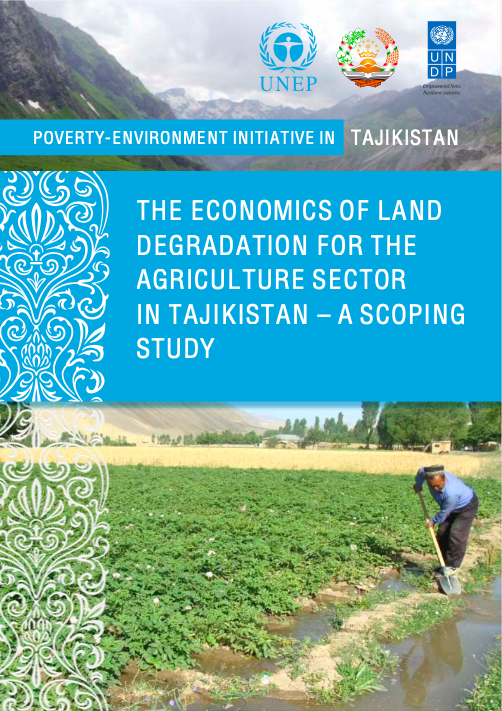Total income and ecosystem service sustainability index: Accounting applications to holm oak dehesa case study in Andalusia-Spain
This research develops the novel concept of an economic ecosystem service sustainability index from the perspective of total income theory, and presents its empirical application at the spatial unit scale of the agroforestry farm. This paper compares the results accrued from applying the refined standard System of National Accounts (rSNA) and the authors’ Agroforestry Accounting System (AAS).





